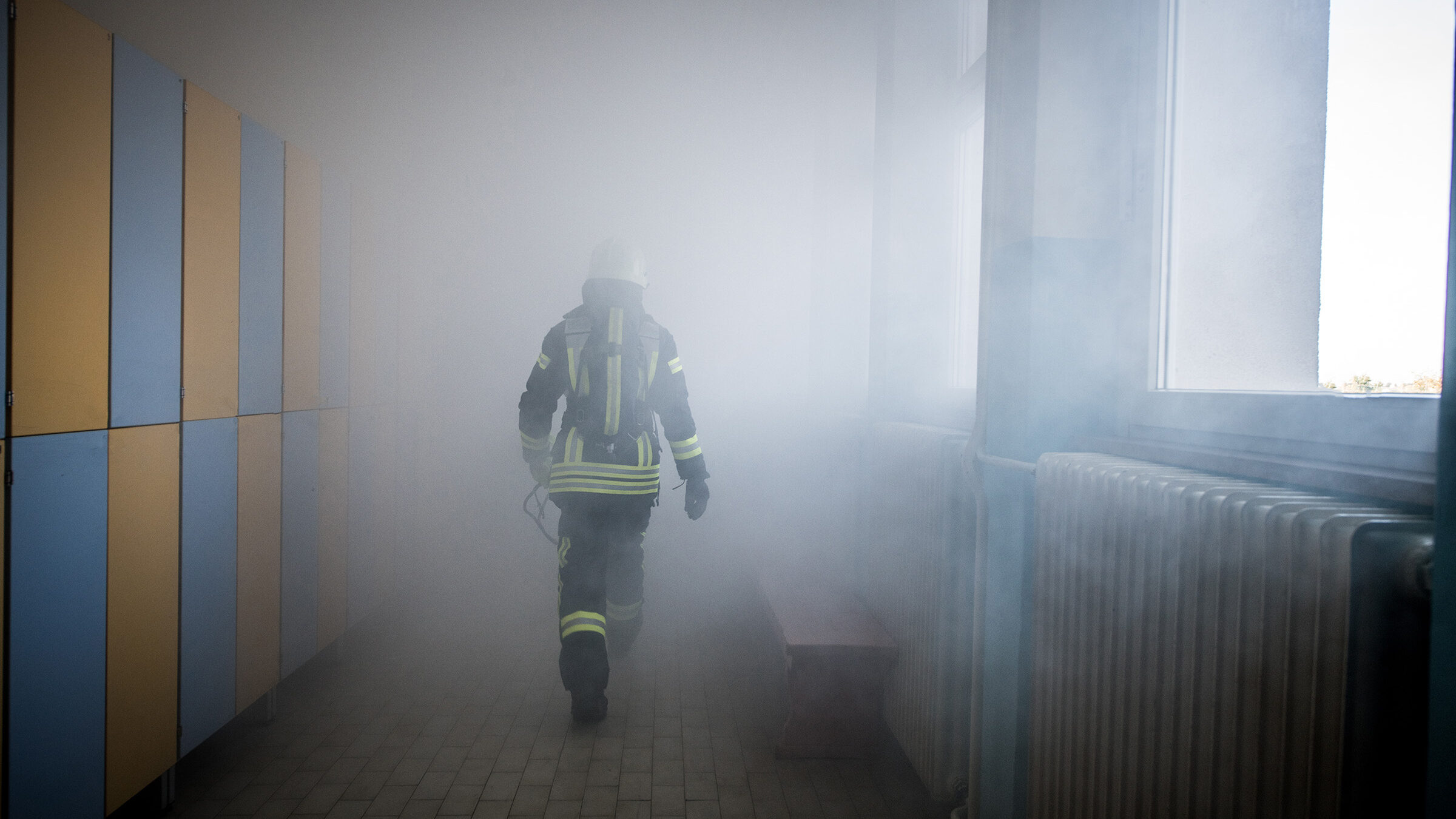Smoke Rated Doors and Fire Rated Doors: What’s the Difference?

As the old saying goes “where there’s smoke, there’s fire”. So it’s easy to see why smoke rated door assemblies may be confused with fire rated door assemblies. These are two completely different ratings though, which are based on test methods mandated by code per the application of the opening. The simplest way to explain the differences are as follows:
Fire Rated Door Assemblies are designed to stop the spread of flames.
Smoke Rated Door Assemblies are designed to stop the spread of smoke.
Smoke and draft control is tested according to UL 1784, the Standard for Air Leakage Tests of Door Assemblies and Other Opening Protectives. Smoke ratings are intended to keep smoke from spreading into emergency evacuation routes, providing occupants a visibly clear and a safe means of exiting a building. Gaskets are required for doors to pass a smoke and draft control test. The requirement for a gasket also includes the meeting edges of a pair of doors. A bottom seal may or may not be required for a smoke and draft control assembly. An interesting note on smoke and draft labels is that they are not rated by duration. The test measures the airflow through the assembly at both 400° F and at ambient temperatures. The ambient temperature is the hardest temperature to pass. At 400° F, the assembly components and the seals – whether intumescent or not – begin to expand or melt which helps to seal any gaps that exist in the opening at ambient temperatures.
Fire rated doors are tested to UL 10C for swinging door assemblies, UL 10B for sliding door assemblies, or NFPA 252 which are all standard methods of fire tests for door assemblies. These test procedures make no mention of requirements or qualifications for smoke abatement. A commonly confused aspect of fire labels is the “S” rating sometimes included on the label. The “S” label does show that the door can be smoke rated, but only if it is installed with certified smoke gaskets The “S” rating on the door alone without proper gaskets, does not constitute a smoke rated assembly. The gaskets used in a smoke and draft control assembly must be listed for use in a smoke and draft control assembly.
The applications in which the door assembly is installed will help determine which rating is necessary. Smoke partitions do not require the door assembly to be fire rated. Smoke barriers require a one hour rated wall and as a result, a fire rated assembly. Smoke ratings are typically required in a corridor used as a means of egress.
If you’re still confused, the simple answer to “What’s the difference?” is that just because you have a smoke and draft label, doesn’t mean you qualify for a fire label. For any further clarity or specific details, refer to the 2018 International Building Code or contact your local jurisdiction for guidance.
No comments yet - you can be the first!